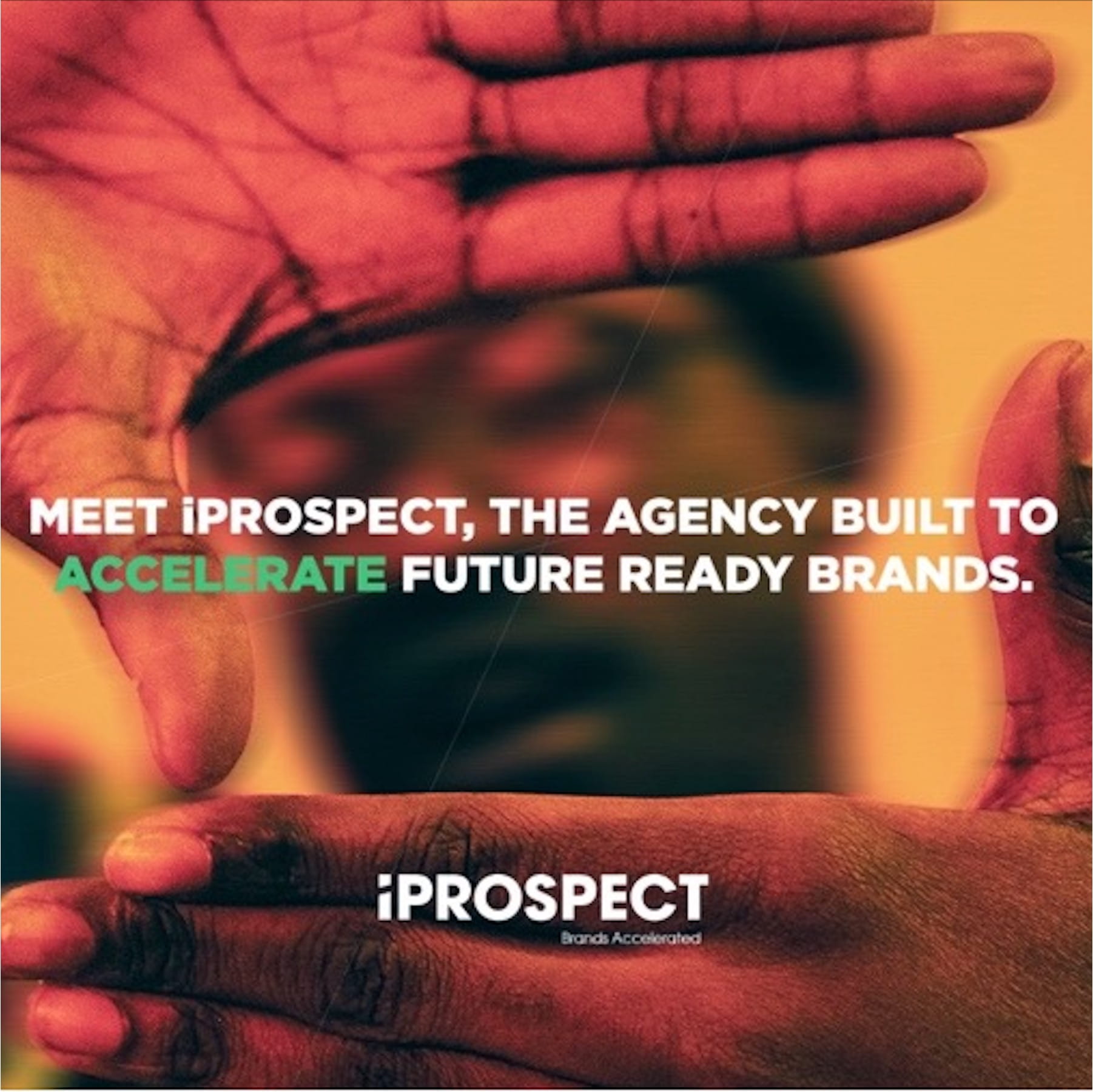Instagram recently announced plans to move from a reverse chronological feed to one that is personalized via a Facebook-like algorithm. The change is intended to improve the overall user experience. According to Instagram, users currently miss about 70 percent of the content they follow. The goal of the upcoming change is to make sure that the 30 percent users actually see is the best 30 percent possible.
In the new user experience, posts in the photo feed will be prioritized based on what Instagram believes each user cares about the most, similar to the current Discover section of Instagram. The algorithm for the personalized feed will take many signals into account including “the relationship between poster and user, timeliness of posts, and how likely it is that the content will be interesting to the user.”
The announcement of this change does not come as a surprise. With the overwhelming amount of content being posted every single day, social media platforms must constantly evolve and mature in order to ensure that users see the most relevant content first. After Facebook introduced algorithmic ordering to its News Feed back in 2009, and Twitter did the same earlier this year, it seemed like a logical progression for Instagram to follow suit.
What does this mean for Brands and Marketers?
Since Instagram does not currently differentiate brand profiles from personal profiles, all content will be given equal treatment. Additionally, the feed change will not directly affect Instagram’s advertising products. However, Instagram believes the new algorithm will deliver a better user experience, which will translate into more time spent on the platform, making it a more valuable place for businesses to invest.
For this reason, iProspect believes that the algorithm announcement is good news. Much like Google, Facebook and Instagram strive to maintain the availability and value of ad inventory by creating a positive experience for the end user. The upcoming algorithm change will improve the user experience, thus keeping this highly qualified and valuable ad inventory intact.
Our recommendations
Marketers looking to succeed with social media need to focus on how each platform can help drive actual business outcomes. In that respect, Instagram, like the other platforms, has been and continues to be a pay-to-play space. Our recommendation is to start with a strong paid strategy, targeting a highly qualified audience to achieve reach and frequency, website traffic, video views, or even – when relevant – conversions.
When it comes to organic reach and presence on Instagram, it is important to assess effort over impact. Brands can leverage the paid power of Instagram without an Instagram account (as long as there is a Facebook page) and thus it may not be necessary to also have an organic Instagram presence. If there is a need or desire to develop and maintain an organic presence, it will be critical to create content that garners engagement so that those posts continue to be served at the top of followers’ feeds.
To make sure your brand content maintains visibility after the algorithm is implemented, follow these best practices:
- Post high-quality, in-focus pictures with lots of natural lighting.
- Utilize hashtags to contribute to wider topics and conversations (no more than to 3-5 per post).
- Ensure posts are fresh (post at least three times per week) and relevant to your audience’s interests.
- Connect and engage with people who share similar interests.
- Track posts with the most interaction and engagement to determine what resonates, and create additional content based on your findings.
When is this happening?
Instagram seems to be quite mindful of how users might react to the changes. In a recent statement on their blog, they reassured users, saying, “We’re going to take time to get this right and listen to your feedback along the way.” According to Instagram, they will start by testing the change with a small subset of users in the coming months with plans to eventually roll out globally.



